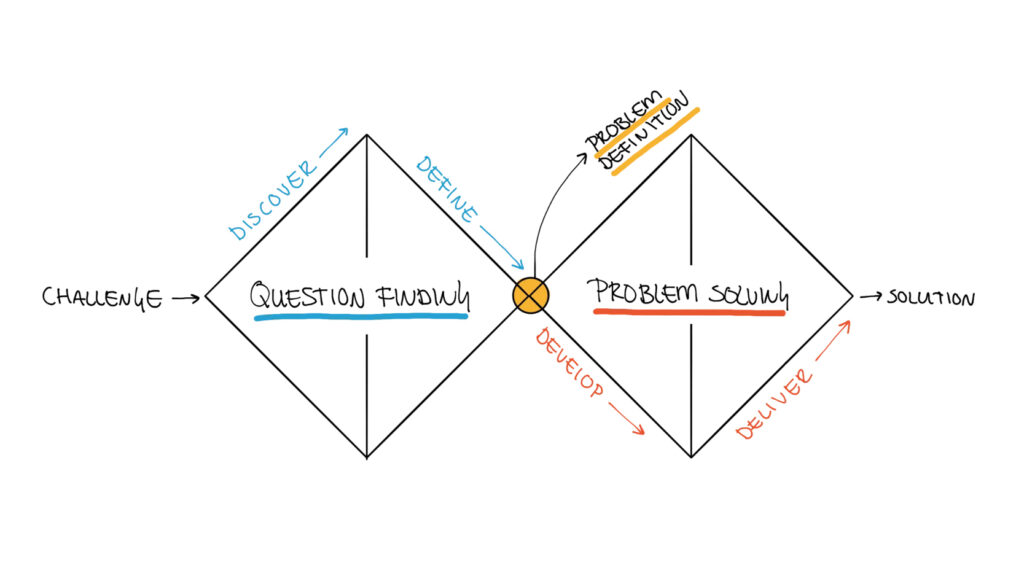In general, this topic is ideal for illuminating it from different sides and disciplines. After a short socio-demographic introduction, I will devote myself to the design aspect of this topic. How can I as a designer tackle the problem already described and contribute to a positive change with my skills/mindset?
One of the most famous techniques or tools of Designer is “Design thinking”. It is concerned with solving problems through design. The idea being that the future output of the process will provide a better answer than the one already available or if nothing is available – something entirely new. It is an unconstrained methodology where it is possible that the designer (or design team) will work on many possible solutions at once. It enables designers to consider the problem in many different ways and speculate on both the past and future of the problem too. This is in contrast to the scientific method of problem solving which requires a highly-defined problem which focuses on delivering a single solution.
So design has moved more into the problem solving space. It’s not like designers weren’t solving problems before, but this was limited to “design problems”. Design problems are problems one would traditionally call a designer to solve: graphic design, interface design, interaction design, industrial design, architectural design. I don’t want to over-generalize, but the focus had been on solving problems around form, esthetics, interaction, space. Design thinking created an opening for designers to move from the more esthetically focused space to the problem solving space. Designer solve problems in a certain way and that way could now be transported to other fields of problem solving.

So whatever the outcome might be, I’m aware that there can be various solutions – analogue and digital – for this problem. This research is the start of a maybe even bigger project. So I’ll try to articulate a vision. An answer to the question: “Why am I working on this topic?” My response would be:
“I want to find a way to strengthen the awareness of younger people to politics and their democratic environment.“
But let’s focus again on the research. What are similar projects that already worked on that topic? You can read about that in my next blog post.
Source: https://medium.com/design-leadership-notebook/design-is-more-than-problem-solving-7e290535927c